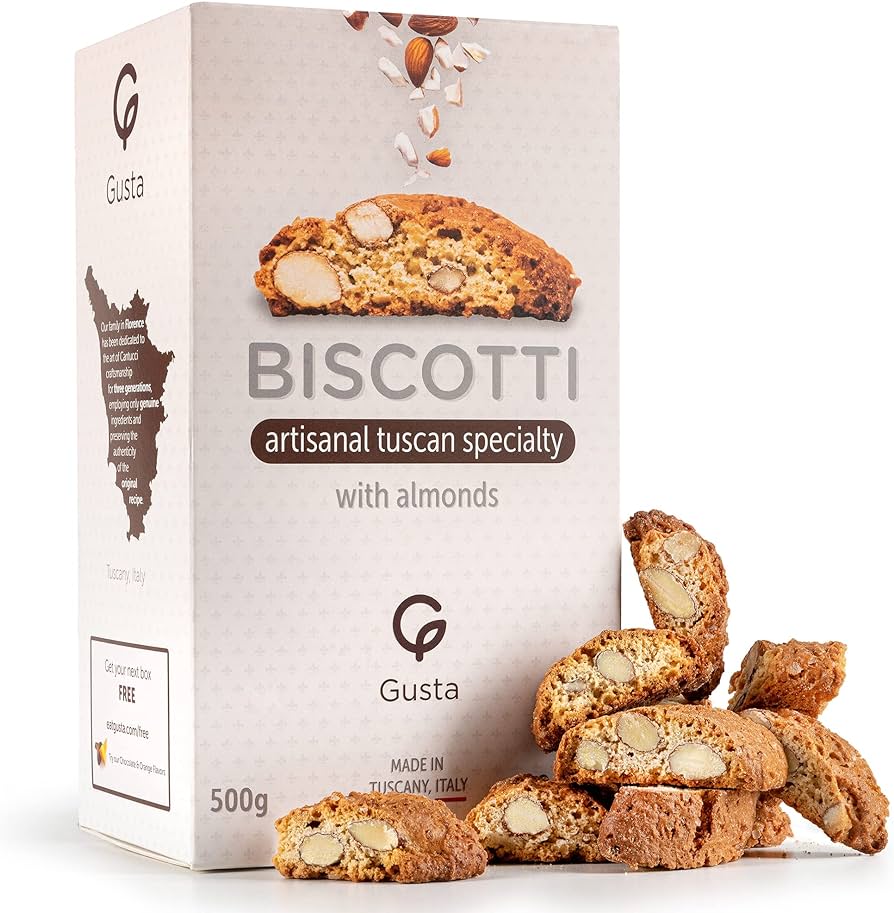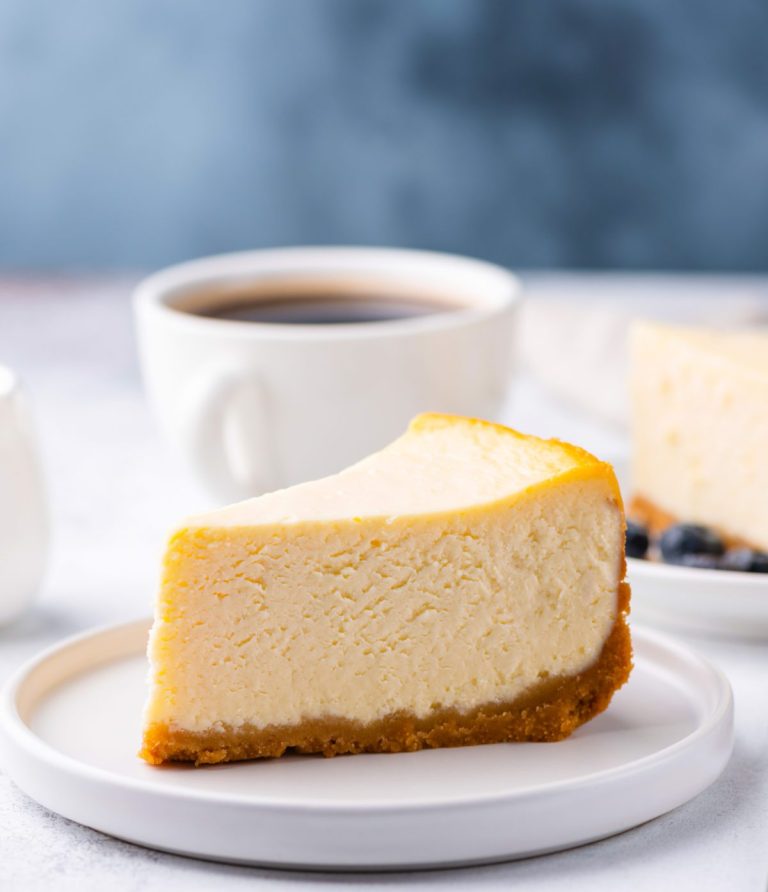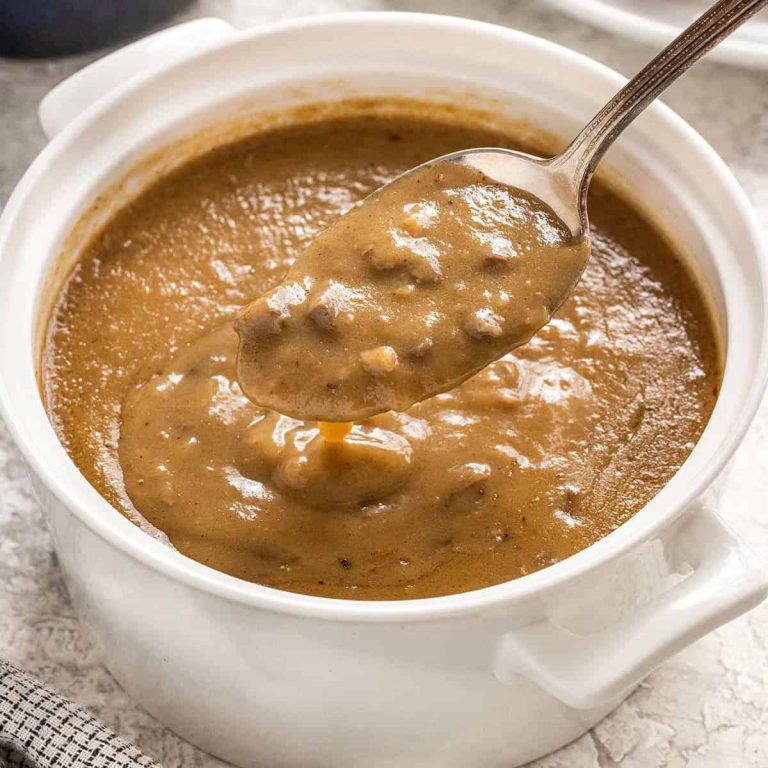Italian Biscotti: History, Recipes, and Where to Find Authentic Treats Globally
Biscotti originated in Italy, specifically in the Tuscan region. The town of Prato is often credited as the birthplace of these delightful treats. Biscotti, known as “cantucci” in Tuscany, were initially created as a convenient food for travelers and soldiers due to their long shelf life. Today, Prato remains synonymous with biscotti, and the town hosts numerous bakeries specializing in traditional recipes.
Historical Significance and Evolution
Italian biscotti boast a rich history dating back to the Roman Empire. The name “biscotti” derives from the Latin words “bis” (twice) and “coctus” (baked), indicating their double-baking process. This method removed moisture, extending shelf life and making the cookies ideal for long journeys.
Over centuries, biscotti evolved both in recipe and cultural significance. Initially simple mixtures of flour, water, and sweeteners, modern variations incorporate almonds, anise, and other ingredients, reflecting regional preferences. By the Renaissance, biscotti became a staple dessert in Italian households, often enjoyed with wine or coffee.
Each region added its twist, resulting in diversified flavors and textures. Despite these changes, biscotti’s core essence—a crunchy, twice-baked cookie—remains unchanged, preserving a connection to its storied past while adapting to contemporary tastes.
Key Ingredients of Traditional Italian Biscotti
The Role of Almonds
Almonds take center stage in traditional Italian biscotti. Historically, almonds were accessible and plentiful in Italy, making them a natural choice for bakers. You often find whole, toasted almonds embedded in the dough, providing a crunchy texture and rich, nutty flavor. These almonds also contribute to the biscotti’s distinctive appearance, adding visual appeal with their rustic, irregular shapes.
Essential Flavors and Variations
Traditional biscotti recipes emphasize a few key flavors. Vanilla and anise are staples, often complemented by citrus zest like lemon or orange. For extra depth, some recipes include a touch of almond extract. Chocolate chips, dried cranberries, and pistachios are popular variations, each adding unique tastes and textures to the classic recipe. These components enrich the biscotti’s profile while maintaining its essential charm: a crisp, twice-baked treat perfect for dunking in coffee or wine.
The Making of Italian Biscotti
Classic Baking Techniques
Baking Italian biscotti involves a precise process. First, mix ingredients like sugar, eggs, and butter into a base dough. Traditional recipes often include almonds for a distinct texture and flavor. Shape the dough into logs and bake them for around 25 minutes at 350°F (175°C). After the first bake, let the logs cool before slicing them diagonally into the characteristic biscotti shapes. Return these slices to the oven for a second bake, typically for 10 to 15 minutes on each side, to achieve the signature crispiness. This double-baking method ensures the biscotti’s durability and crunchy texture.
Modern Twists on an Age-Old Recipe
Modern biscotti recipes introduce innovative variations while maintaining traditional principles. Incorporate ingredients like chocolate chips, dried cranberries, and pistachios for unique flavors. Some bakers dip one end of the biscotti in melted chocolate or drizzle it on top after the second bake. Experimenting with different flours, such as whole wheat or gluten-free alternatives, offers a health-conscious option without sacrificing taste. Adding spices like cinnamon or ginger can give a seasonal twist to these classic cookies. While staying true to the essential techniques, modern adaptations offer diverse and exciting flavors.
Pairing Italian Biscotti with Beverages
Best Drinks to Complement Biscotti
Pairing beverages with Italian biscotti enhances their flavors. Here are some suggestions:
- Coffee: Espresso, a staple in Italian culture, accentuates the biscotti’s crunch and sweetness. You can also enjoy it with cappuccino for a creamy contrast.
- Tea: Black teas, like Earl Grey or Darjeeling, add sophisticated notes that balance the biscotti’s almond flavors. Green tea offers a lighter yet complementary pairing.
- Wine: Vin Santo, a classic Italian dessert wine, pairs excellently with biscotti, highlighting its sweet and nutty flavors. Moscato d’Asti provides a refreshing, slightly sparkling option.
- Milk: For a comforting combination, enjoy biscotti with a glass of milk. The creamy texture contrasts well with the biscotti’s crispiness.
- Hot Chocolate: Rich hot chocolate complements chocolate chip biscotti, adding indulgence to each bite. It works well with other flavors like hazelnut and almond too.
By choosing the right drink, you elevate the experience of enjoying Italian biscotti.
Where to Find Authentic Italian Biscotti
Locating Italian Bakeries Worldwide
Italian bakeries known for authentic biscotti can be found in various parts of the world. In the United States, cities like New York, Boston, and San Francisco have numerous Italian bakeries. Examples include Ferrara Bakery in New York and Modern Pastry in Boston. Many of these bakeries offer traditional recipes passed down through generations. In Europe, cities such as London, Paris, and Berlin house renowned Italian bakeries. North London’s Romeos Sugar Free Bakery and Paris’s Il Gelato del Marchese offer Italian biscotti alongside other traditional pastries. If you’re in Australia, Sydney and Melbourne also have Italian bakeries worth visiting.
Specialty Stores and Online Shops
Aside from bakeries, specialty stores often stock authentic Italian biscotti. Gourmet grocery stores, like Eataly in New York and Chicago, offer a variety of imported Italian biscotti. Additionally, online shops provide another convenient avenue. Websites like Amazon, Gustiamo, and ItalianHarvest.com ship traditional biscotti worldwide. These platforms often feature reviews and ratings to help you choose the best products.
Italian Markets and Festivals
Local Italian markets and festivals are excellent places to find authentic biscotti. Major cities host annual Italian festivals, like the Feast of San Gennaro in New York and the Italian Festival in Seattle. These events often feature vendors selling homemade biscotti. Regularly visiting Italian markets in your area can also lead you to high-quality biscotti. Los Angeles’s Smorgasburg, which includes Italian vendors, and St. Lawrence Market in Toronto, are notable examples.
Conclusion
Exploring the rich history and diverse flavors of Italian biscotti can be a delightful journey. Whether you’re savoring a traditional almond biscotti or indulging in a modern twist with chocolate chips, these twice-baked treats offer a unique experience. Pair them with your favorite beverage for an enhanced taste sensation. Authentic Italian biscotti are more accessible than ever, available at local bakeries, specialty stores, and online shops. Embrace the tradition and enjoy this timeless Italian delicacy in your own home.






